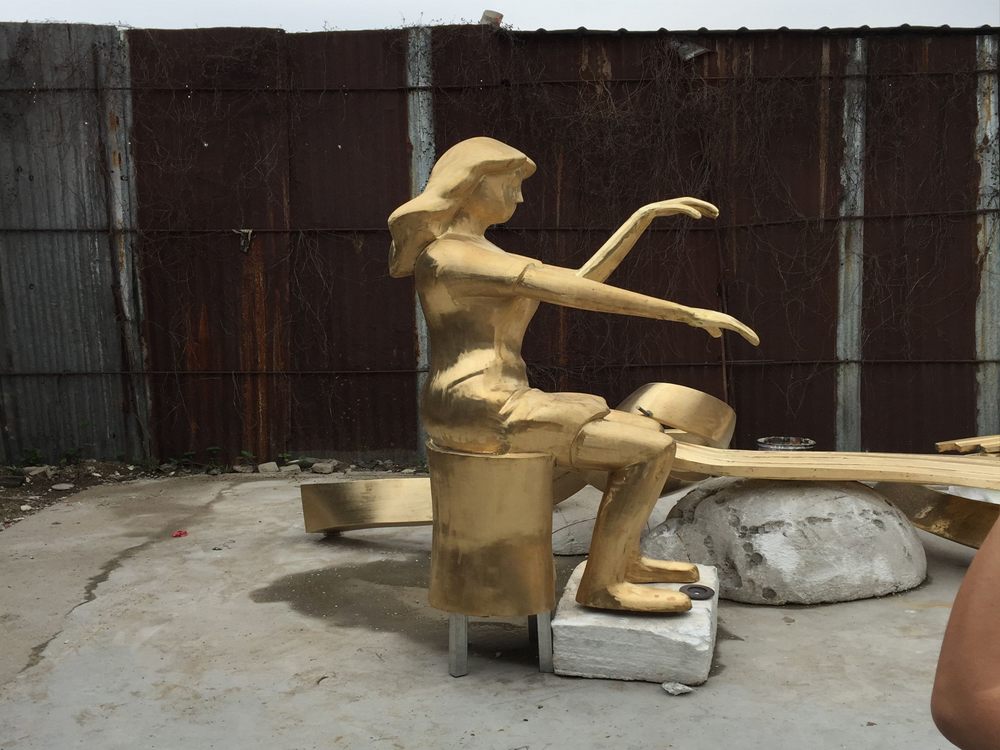
Creating texture and surface variation in bronze sculptures involves a combination of traditional techniques and artistic innovation. Artists begin by manipulating the initial wax model, using tools to carve intricate patterns or applying materials like cloth or sponges to imprint organic textures. The lost-wax casting process preserves these details in the final bronze piece.
For added dimensionality, sculptors employ chasing – hammering specialized tools directly onto the cooled bronze to refine contours and create precise surface details. Many artists combine mechanical texturing (filing, sanding) with chemical treatments, applying different patinas through controlled oxidation. Heat application creates dramatic color variations, while abrasive techniques can produce contrasting matte and polished areas.
Contemporary artists often layer techniques, sometimes incorporating unconventional materials into the casting process or using digital tools to design complex surface patterns. The interplay of light across these varied textures gives bronze sculptures their characteristic depth and visual interest, transforming cold metal into dynamic artistic expressions.

